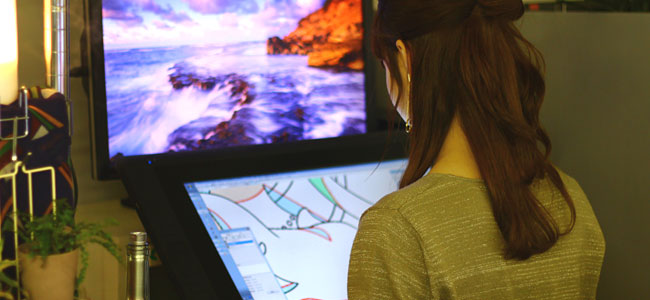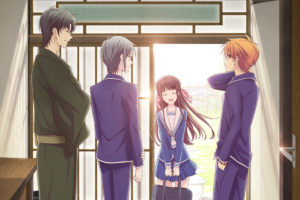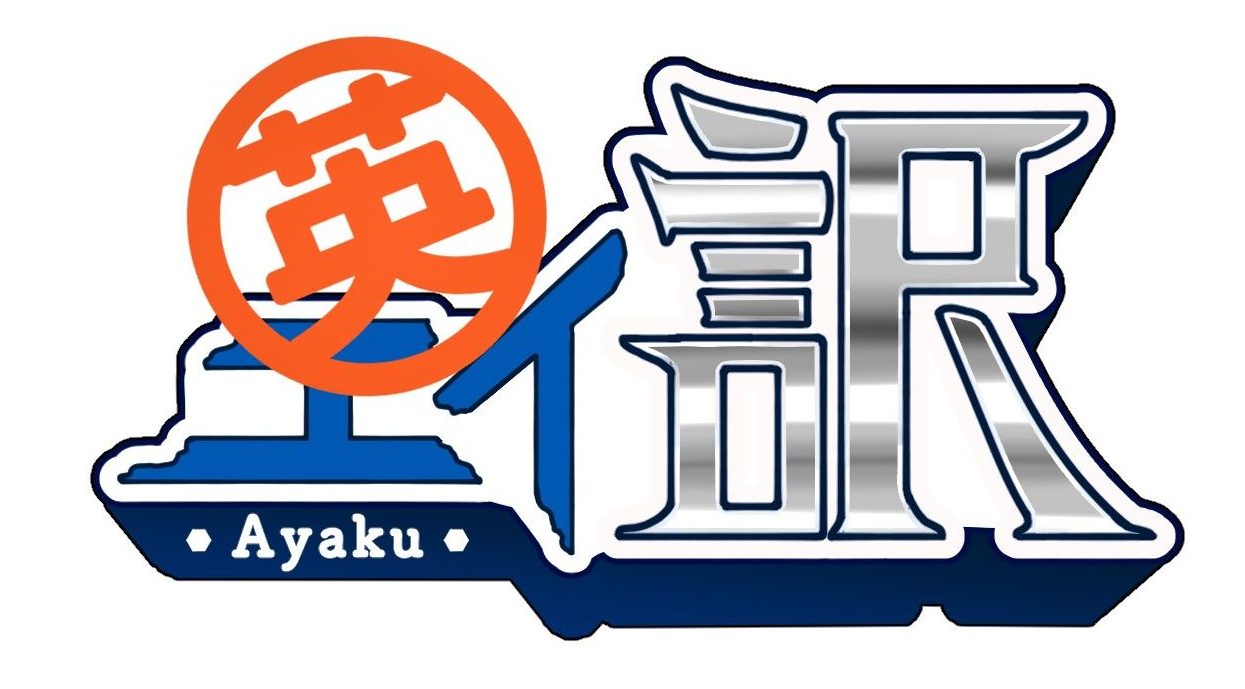
Anime production has changed over the year in many ways.
It’s been over a year since the pandemic has begun. While many films had to postpone production, we’ve been seeing new seasons of anime being released even now. But that doesn’t mean studios weren’t affected by COVID-19.
Dubbing

Japanese voice actors go to one recording session per 30 minute anime episode. There, they record their lines alongside others who are scheduled to come in for that session. However, the pandemic changed all that. Studios now have to create an entirely new schedule that adhere to safety guidelines while still meeting production deadlines.
Graphinica’s Representative Director Nao Hirasawa briefly talked about how his studio handled recording.
“There are some processes where you have no choice but to physically assemble the different parts. For example: sound and dubbing. Because of COVID, we had a process in place where voice actors would record one by one in an enclosed space. For this reason, the sound work, particularly the dubbing, took a lot of time because of trial and error. We had to figure out how much we could record with a small amount of people?”
Likewise, Manaka Iwami, the voice of Tohru Honda in the Fruits Basket remake, talked about the dubbing session for the Final Season and how it changed for the health and safety of the staff.
“We recorded everything together for the first and second season, but we recorded individually at different times for the final season… I felt really sad. However, in the moments where we talked to each other briefly in between recordings or when we passed each other, we shared the world of Fruits Basket. But still, I wanted to record the Final season together with everyone. It was frustrating and really sad.”
Luckily, the dubbing of the series wrapped up safely thanks to the staff as many of the voice actors cited in their interview with Animate.
Animation

While there are parts of anime production that can easily be done by hand (not everything is digitized just yet), there are parts of the process that require in-house technology that can only be utilized only at the workplace for security reasons. This is especially true for CG production.
As for confidentiality, companies needed to take additional steps and and measures to keep their work secure, especially if they lived with a family.
Hirasawa recalls:
“We needed to take additional steps in preserving confidentiality. Like other companies, we gathered our work computers and had a discussion with our clients on whether or not it’d be okay if we worked from home. Then, we asked the managers of each department to determine the number of people who needed to come to the office and adjust the number of people who could enter the office at the same time.”
Some animators are better suited to working alone while others prefer to be in communication with seniors and colleagues while animating. Luckily, there are many applications out there that allow teams to communicate freely in this era.
Releases
Because of remote work, some anime releases were postponed. Luckily, Hirasawa’s clients were understanding.
“Because of the various circumstances, we were a little behind schedule on things between April to June. Our production that used to be done face-to-face suddenly became remote, so it did not proceed with the same efficiency. However, the people whose job it is to say, “no, please get it to us on time” would now tell us “well, it is what it is.”
Studios also had the option of delaying their release to another season.
Graphinica is an animation studio founded in 2009 that specializes in both 3D and 2D animation. Nao Hirasawa was appointed the new Representative Director in March of 2020.
Source: Yahoo!, Anime Eiga
You Also Might Like:

